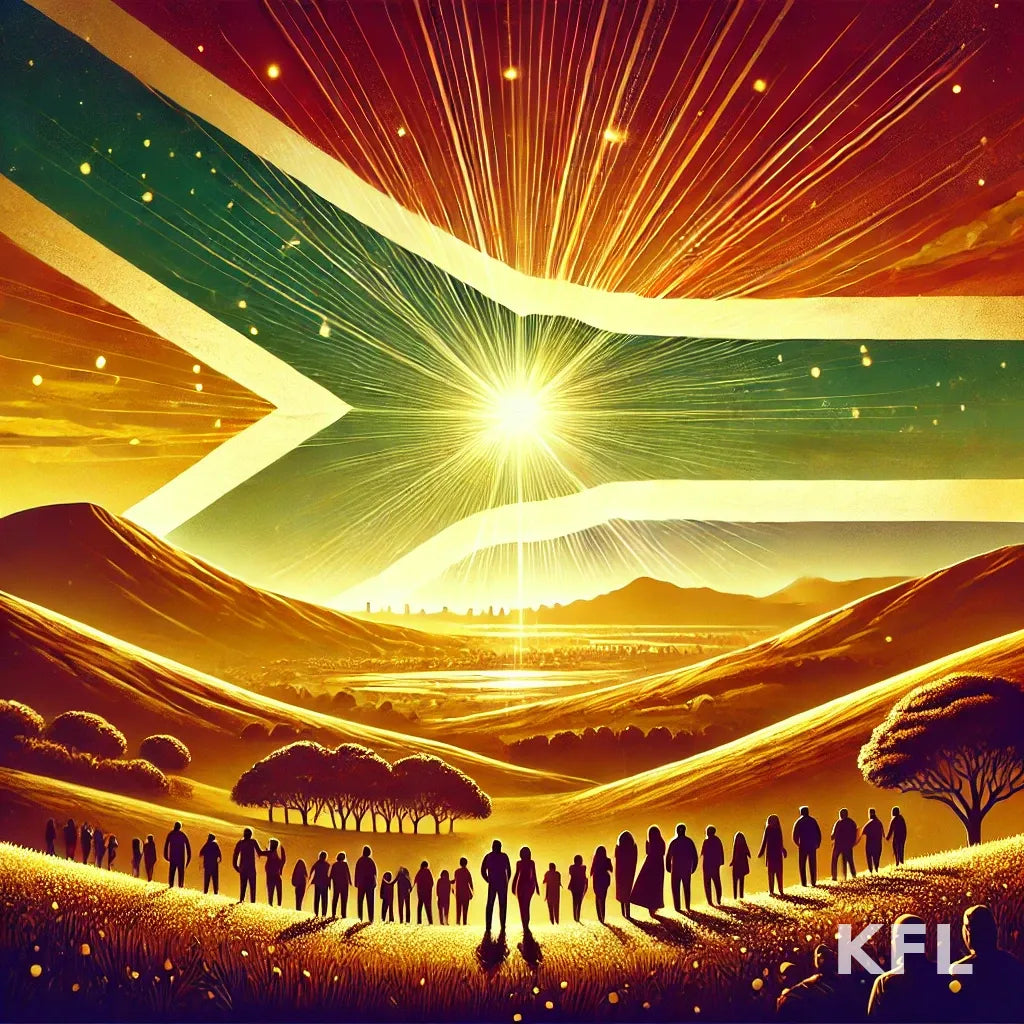
Nelson Mandela: The Struggle of a Man for Freedom
Share Label
Nelson Mandela is an iconic figure in the fight against apartheid in South Africa and a global symbol of resilience, forgiveness, and justice. As the first Black president of South Africa, he dedicated his life to freedom, equality, and reconciliation. His struggle shaped history and continues to inspire future generations.

1. Childhood and Early Years of Mandela
Nelson Rolihlahla Mandela was born on July 18, 1918, in Mvezo, a small village in the Transkei region of South Africa. A member of the Xhosa ethnic group, he was the son of a tribal chief of the Thembu nation.
- He received a Western education at missionary schools.
- He was the first in his family to attend university, studying law at the University of Fort Hare and later at the University of the Witwatersrand.
- His political activism began when he joined the African National Congress (ANC) in 1944, a party fighting against apartheid.
2. The Fight Against Apartheid
In the 1940s and 1950s, Mandela became deeply involved in opposing apartheid, the system of racial segregation imposed by South Africa’s white government.
- In 1952, he and Oliver Tambo launched the Defiance Campaign, a civil disobedience initiative inspired by Gandhi.
- In 1961, he was arrested for sabotage and conspiracy against the state after co-founding the ANC’s armed wing, Umkhonto we Sizwe ("Spear of the Nation").
- At the Rivonia Trial in 1964, he was sentenced to life imprisonment for his anti-apartheid activities.
3. 27 Years in Prison and a Global Icon
Imprisoned for 27 years—first on Robben Island, then at Pollsmoor and finally at Victor Verster—Mandela became a symbol of the struggle for freedom.
- He continued his fight from prison, writing and inspiring activists around the world.
- During the 1980s, international pressure and economic sanctions against South Africa increased.
- In 1990, under growing internal and global pressure, President Frederik de Klerk ordered Mandela’s release.
4. The End of Apartheid and the Presidency
After his release, Mandela led peaceful negotiations to dismantle apartheid.
- In 1993, he was awarded the Nobel Peace Prize alongside Frederik de Klerk.
- In 1994, he became South Africa’s first Black president, championing a policy of national reconciliation.
- His government worked to address past injustices, notably through the Truth and Reconciliation Commission.
5. A Legacy of Peace and Justice
After leaving the presidency in 1999, Mandela devoted himself to humanitarian causes.
- He established the Nelson Mandela Foundation to combat poverty and HIV/AIDS.
- He became an international mediator, advocating for peace worldwide.
- His values of forgiveness, unity, and resilience inspired millions.
6. The Passing of a Legend
Nelson Mandela passed away on December 5, 2013, at the age of 95. His death brought a global outpouring of emotion, reflecting his universal impact.
- Tributes poured in from all corners of the world.
- He remains a model of leadership, courage, and dignity.
Conclusion
Nelson Mandela is more than a South African national hero; he is a universal symbol of the fight for justice and an example of resilience and reconciliation. His life’s work continues to inspire those battling against injustice and striving for a more equal world.
His words still resonate today: "I never lose. I either win or I learn."









